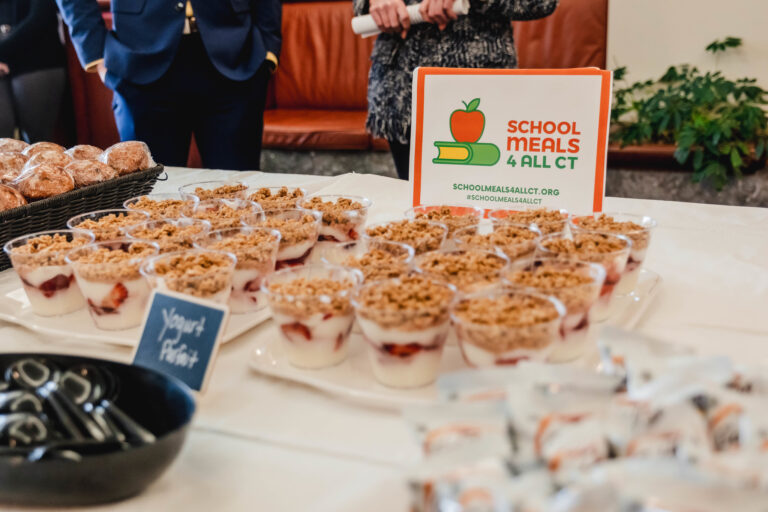From the Source: Who’s Who in School Food
Our latest post in this series explores the different players in school nutrition and the roles they play in bringing healthy food to school cafeterias.
Our latest post in this series explores the different players in school nutrition and the roles they play in bringing healthy food to school cafeterias.

You’ve probably heard the phrase, “It takes a village.” In the world of school nutrition, that phrase takes on a whole new meaning. In our latest From The Source post, we’re examining the different players in school nutrition and the roles they play in bringing healthy food to school cafeterias.
One of the biggest players in school nutrition is also one of the most influential bodies in the country. The U.S. Congress sets broad policies for the National School Lunch Program and other child nutrition programs, including standards and funding levels.
Within the federal government lies the U.S. Department of Agriculture (USDA), the executive department that oversees farming, forestry, and food. The Food and Nutrition Service (FNS), an agency of the USDA, implements child nutrition programs as outlined by Congress, including:
In addition, the USDA works with the Department of Health and Human Services (DHHS) to issue the Dietary Guidelines for Americans every five years. This rigorous scientific process delivers recommendations that serve as the cornerstone for all federal nutrition programs, including school meals.
The Centers for Disease Control and Prevention (CDC) provides programs and resources to promote healthy choices and behaviors in schools, including the School Health Index assessment.
State agencies administer the National School Lunch Program, along with other child nutrition programs. Agencies work directly with school districts to monitor compliance with the federal rules, distribute reimbursements, and administer grants and training opportunities to school nutrition professionals. The state agency is usually housed in the Department of Education, or in some states, in the Department of Agriculture or Health and Human Services.
What you know as a school district is usually called a School Food Authority (SFA) in the school nutrition world. The SFA administers the National School Lunch Program and other child nutrition programs for schools in their district.
A School Nutrition Director, sometimes known as Executive Director for School Nutrition, is the lead in charge of the entire school nutrition department. This person delivers and makes decisions for meal programs offered to students every day in schools. This includes:
A superintendent oversees the overall budget and compliance for academics, facilities, transportation, school nutrition, and much more.
You might be more familiar with the key players in this section! The school principal is responsible for a single school within a school district. Principals have the ability to set and enforce school policies, including breakfast delivery models, lunch schedules and times, and what types of fundraising takes place during the school day.
On the front lines of school meals are school nutrition staff. These staff prepare and serve meals each day and ensure school meals are executed according to the menu and food safety requirements. School nutrition staff, also known as cafeteria staff, also track each meal sold at the point of service to ensure reimbursements are submitted accurately. The staff at each school varies considerably depending on the school size, kitchen facilities, and operations setup.
In order to serve school meals, you need food to serve! Here are a few of the business entities that support our nation’s school nutrition services.
Outside the school system, many different non-profit and community-based organizations are involved and influential in school operations and priorities. These include:
Many groups provide support to school districts or schools in a variety of ways, including securing resources, establishing partnerships, and providing expertise in areas such as the local food system, parent support, and media relations.
Want to learn more about how school meals reach students’ trays? Check out the other posts in this series, School Meals and Student Health and School Food Procurement 101.
This information comes from work conducted by School Food Focus, which has now merged with FoodCorps. We gratefully acknowledge the leadership and staff from School Food Focus who contributed to gathering the research and knowledge shared in this post.

The Policy Brief, March/April 2024: WIC is Fully Funded

What Makes a Great School Garden?

5 Delicious Spring Recipes to Cook With Kids